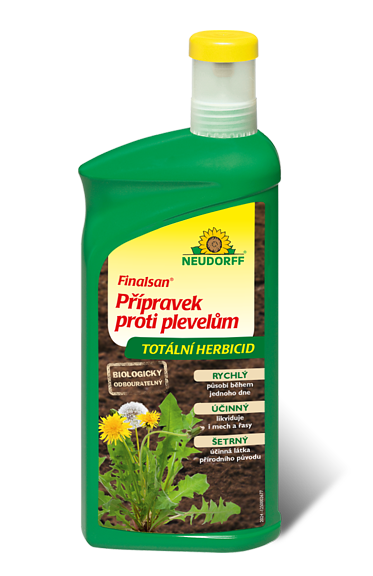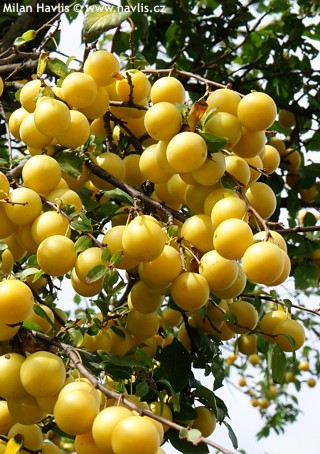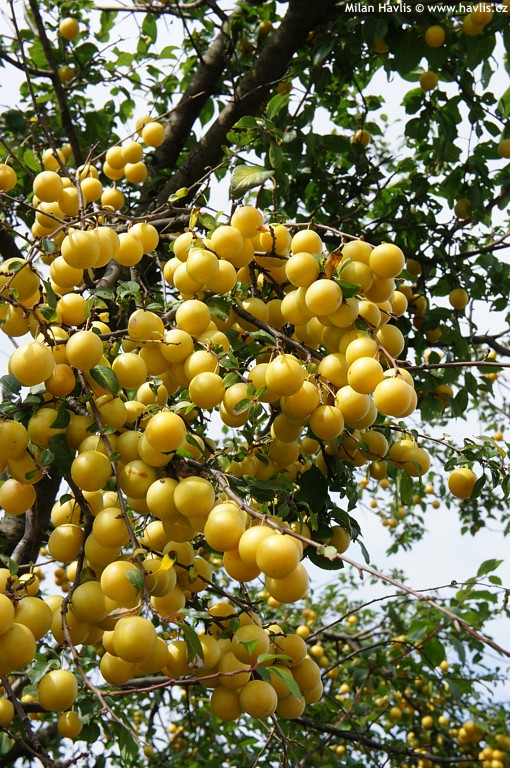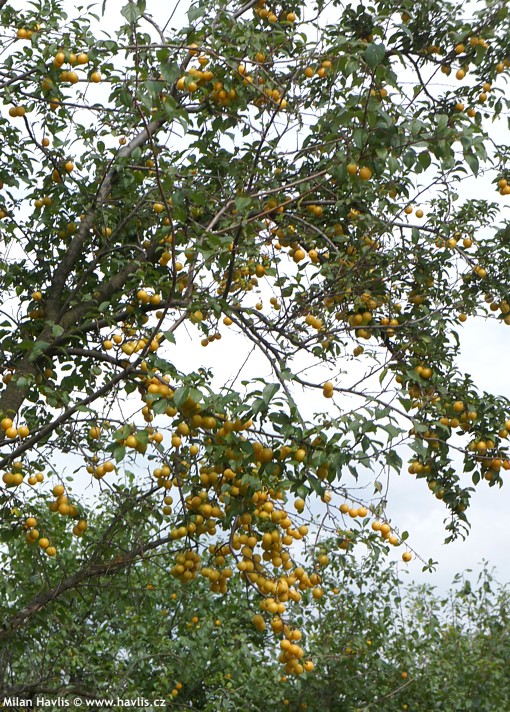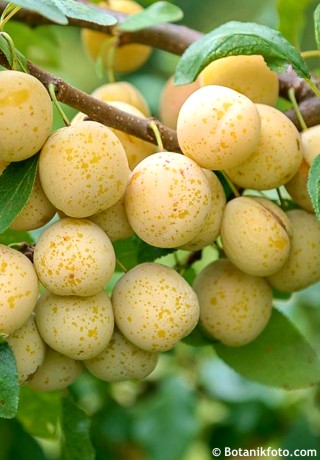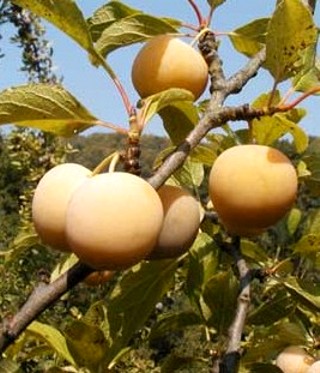Prunus domestica ssp.syriaca 'MIRABELLE de NANCY' mirabelle
Prunus
Mirabelle, the dainty sister of the European plum, has earned its place in gardens across Europe not only for its sweet fruit but also for its undemanding nature and rustic charm. It is said to have been brought from the East as early as the 15th century – quite the journey, wouldn’t you say? Botanically, it belongs to the species Prunus domestica, specifically the subspecies syriaca, and its origins trace back to the region of Asia Minor. From there, it spread through Persia into Europe, where it became especially beloved in France. In the region of Lorraine, it found its perfect home – a gentle climate, deep soils, and patient growers. Today, this area produces up to 90% of the world’s mirabelles, and since 1996, the local variety has held a protected geographical indication (IGP) status.
The history of the mirabelle in Lorraine is woven with legends and celebrations. According to one tale, Duke René of Anjou brought it back as an exotic souvenir from a crusade and planted it near the city of Metz. Whether true or not, the mirabelle has become a regional emblem. Every August, the city of Metz hosts the Fête de la Mirabelle, a two-week festival that transforms the city into a culinary and cultural carnival. A Mirabelle Queen is crowned, markets bustle with local produce, concerts and parades fill the streets, fireworks light up the sky, and dozens of hot air balloons rise above the city during the Montgolfiades de Metz. The fruit is served in every imaginable form – as jam, tart, liqueur, or the famous Eau de Vie de Mirabelle, a golden spirit said to “cleanse both soul and digestion.” In local folklore, the mirabelle symbolizes abundance, feminine beauty, and the sweet farewell of summer.
Mirabelle de Nancy is a traditional French mirabelle variety, primarily cultivated in the region between the cities of Metz and Nancy. The tree reaches a height of 4 to 6 meters and develops a dense, rounded crown with a slightly irregular growth habit. It blooms in April with delicate white flowers that are lightly fragrant but can be sensitive to late spring frosts. The fruits are small, round, and bright yellow, often speckled with tiny red dots on the sun-exposed side. The flesh is soft, juicy, and very sweet, with a subtle aroma that becomes more pronounced in warmer climates. The stone separates easily, making it a true freestone variety. It typically ripens in mid-August, placing it among the mid-season mirabelles – ideal for fresh eating as well as for making jams, tarts, purées, or brandy.
The tree is partially self-fertile but produces significantly better yields in the presence of compatible pollinators – recommended varieties include ‘Reine Claude d’Althan’, ‘Opal’, ‘Victoria’, or ‘Hauszwetsche’. It is mostly grafted onto myrobalan rootstock, which ensures vigorous growth and good adaptability to heavier or drier soils. For smaller forms or container cultivation, St. Julien A is preferred, offering moderate vigour and better control over the tree’s size.
Growing a mirabelle is a joy even for beginners. It thrives best in full sun and, while often recommended for sheltered spots – such as against a south-facing wall or in a wind-protected corner – it is not strictly necessary. The soil should be fertile, humus-rich, well-drained, with a pH between 6.0 and 7.5. It can also be grown in containers of at least 40 litres, provided it receives regular watering and feeding. Fertilization is best done in spring with organic fertilizers rich in potassium. Its frost resistance ranges from –27 to –29 °C (USDA zone 5), making it well-suited to temperate climates. Pruning is generally unnecessary, but a light spring trim helps maintain its slender shape. Young trees benefit from staking to prevent wind damage. The fruits are not prone to cracking, but in rainy years, the tree may be susceptible to monilial fruit rot – an airy crown and timely harvesting are the best prevention.
Last update 29-12-2012; 20-10-2025
Goods are shipped all over Europe. For Russia and U.K. and for further details please read about SHIPPING OPTIONS HERE.
Are you interested in a serious discount for orders NOV-FEB? Check your options here.
THE PRICES INCLUDE VAT of 15%. For quick conversion you can use 1 CZK = approx. 0.04 EUR
- STANDARD QUALITY - Plants of this group are 1st class quality with number of branches and overall density adequate to their size and age, considering they were container grown.
- DE LUXE QUALITY - This label guarantees a luxurious quality of manually selected plants that, compared to their height and age, are exceptionally dense and beautiful.
- EXTRA - These plants are usually mature and bigger specimens with exceptional overall appearance.
- STANDARD (as described in the plant form) means a tree with a trunk of 190-210 cm and a crown at the top, unless specified differently. The commercial size for trees is their girth measured in the height of 1m from ground.
- HOBBY - These plants are of the same quality as our standard-quality plants but younger and therefore cheaper.
- SHRUB - a woody plant with branches growing bushy from the ground level.
- HALF-STANDARD or MINI-STANDARD - a small tree with shorter trunk, its size is usually specified.
- FEATHERED - These are trees with branches growing already from the base of the trunk and up along the stem.
- GRASSES and PERENNIALS - Sizes given usually read the diameter of the pot or the clump, as specified.






























